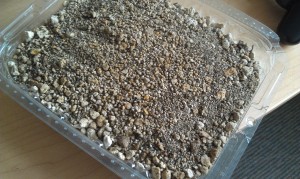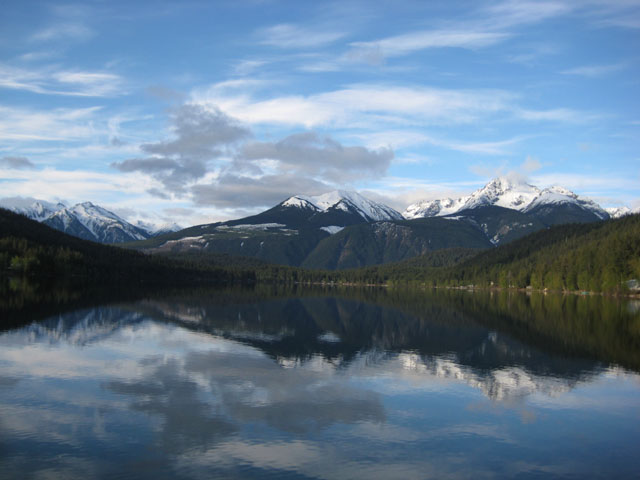February 15, 2013
At this time in the CBEL project we have met with the client once and with our mentor and teammates a few times. During these meetings we have discussed many aspects of this project. The deliverables for this project are: the dye absorbtion test and a field construction design (CAD or model). Recently, we met up to discuss different methods of approach to complete the tasks required of the project. In addition, we came up with a rough timeline for the project.
During our brainstorming session, we decided that, unfortunately, the column test design was beyond the scope of the project. We would have liked to do it, but because of time and utility constraints, as well as the complexity of column tests, we agreed it would be unreasonable.
We also thought that it would be a good idea to get in touch with a graduate student at UBC that might be able to help us with the process of lab testing the soil for absorption. Because none of us have done testing like this before, we agreed it would be appropriate, and Don has given us the contact information of someone that might be able to help. Untill now, we have luckily gotten in touch with Dr. Ken Hall, and obtained the name of the grad student who would be able to help us with the lab test.
Lastly, we decided that because this is a project with multiple deliverables that may be worked on a different times, it would be a good idea to divide the work up accordingly. Some group members will work on the field construction design in Autocad, while others take up the task of testing soil in the lab and organizing results of the tests.
A rough timeline for the project:
Feb 17 – Feb 23 (Reading Week)
Review project deliverables, scope, goals, and constraints.
Feb 24 – Mar 2
Get in touch with key contacts. These include:
-The graduate student with whom Don has worked (Patty)
-Dr. Susan Nesbit for details on the use of UBC’s soils lab.
-Philip Read (Pemberton or Squamish)
-Dr Ken Hall, with whom Don has previously worked and has knowledge of the situation at Gun Lake
Mar 3 – Mar 16
Complete project deliverables. This includes doing the dye absorbtion testing in the lab, compiling our results, preparing a record of our findings, drawing up the CAD field construction design. We are trying to divide up these tasks between group members to create an appropriate amount of work for everyone.
Mar 17 – Mar 23
Final details of project sorted out. Final meeting with client and presentation of deliverables. Completion of this by March 25th at latest.


 Gun Lake, BC (Photo Credit: EcoBC)
Gun Lake, BC (Photo Credit: EcoBC)